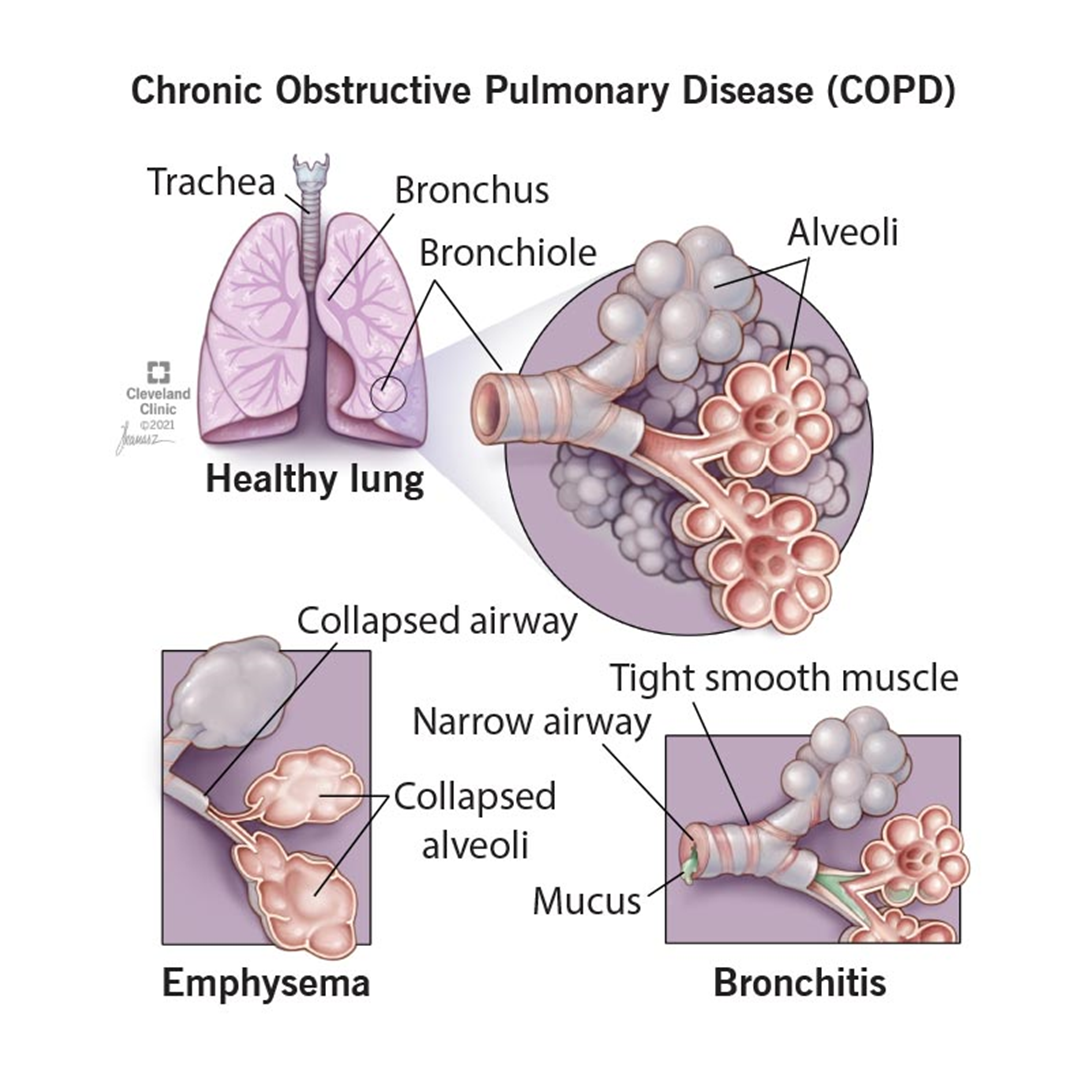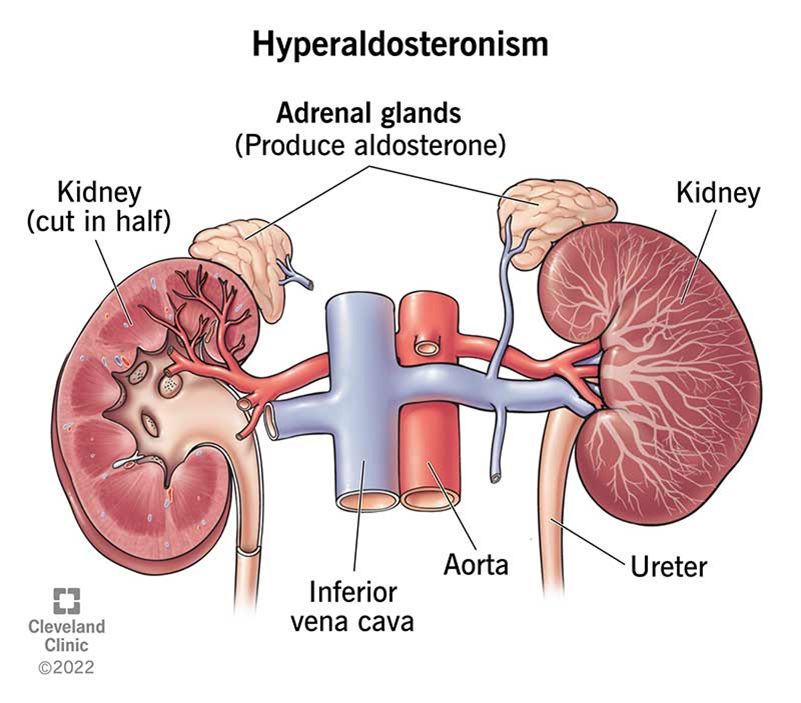A client with a history of chronic obstructive pulmonary disease (COPD) receives a new prescription for an ipratropium inhaler. Which action indicates to the nurse that additional teaching is needed?
Rinses the mouth after each use.
Stores the medication at room temperature.
Attaches a spacer device to the inhaler.
Primes the inhaler with 7 pumps.
The Correct Answer is D
Choice A reason:
Rinsing the mouth after each use of an inhaler is a recommended practice, especially for inhalers containing corticosteroids, to prevent oral thrush and other side effects. Although ipratropium is not a corticosteroid, rinsing the mouth can still help reduce any potential irritation or unpleasant taste.
Choice B reason:
Storing the medication at room temperature is appropriate for most inhalers, including ipratropium2. This ensures the medication remains effective and safe to use. It is important to keep the inhaler away from extreme temperatures and direct sunlight.
Choice C reason:
Attaching a spacer device to the inhaler can be beneficial, especially for patients who have difficulty coordinating the timing of inhalation with the activation of the inhaler. A spacer helps ensure that more medication reaches the lungs rather than being deposited in the mouth or throat.
Choice D reason:
Priming the inhaler with 7 pumps is excessive. Typically, ipratropium inhalers require priming with only 2 to 4 sprays before the first use or if the inhaler has not been used for a few days. Over-priming can waste medication and may indicate that the client needs additional instruction on proper inhaler use.

Nursing Test Bank
Naxlex Comprehensive Predictor Exams
Related Questions
Correct Answer is D
Explanation
Choice A reason:
Rinsing the mouth after each use of an inhaler is a recommended practice, especially for inhalers containing corticosteroids, to prevent oral thrush and other side effects. Although ipratropium is not a corticosteroid, rinsing the mouth can still help reduce any potential irritation or unpleasant taste.
Choice B reason:
Storing the medication at room temperature is appropriate for most inhalers, including ipratropium2. This ensures the medication remains effective and safe to use. It is important to keep the inhaler away from extreme temperatures and direct sunlight.
Choice C reason:
Attaching a spacer device to the inhaler can be beneficial, especially for patients who have difficulty coordinating the timing of inhalation with the activation of the inhaler. A spacer helps ensure that more medication reaches the lungs rather than being deposited in the mouth or throat.
Choice D reason:
Priming the inhaler with 7 pumps is excessive. Typically, ipratropium inhalers require priming with only 2 to 4 sprays before the first use or if the inhaler has not been used for a few days. Over-priming can waste medication and may indicate that the client needs additional instruction on proper inhaler use.

Correct Answer is D
Explanation
Choice A Reason:
Spironolactone is a potassium-sparing diuretic often prescribed for heart failure. While monitoring for side effects is important, excessive bruising is not a common side effect of spironolactone. Bruising might be more relevant for patients on anticoagulants or those with clotting disorders.
Choice B Reason:
Replacing salt with a salt substitute is not advisable for patients on spironolactone. Many salt substitutes contain potassium chloride, which can lead to hyperkalemia (high potassium levels) when combined with spironolactone. Hyperkalemia can cause serious cardiac issues, including arrhythmias.
Choice C Reason:
Covering the skin before going outside is not specifically related to the use of spironolactone. This advice might be more relevant for medications that cause photosensitivity, such as certain antibiotics or diuretics like hydrochlorothiazide, but not spironolactone.
Choice D Reason:
Limiting the intake of foods high in potassium is crucial for patients taking spironolactone. Spironolactone can increase potassium levels in the blood, and consuming high-potassium foods (like bananas, oranges, and potatoes) can exacerbate this effect, leading to hyperkalemia. Hyperkalemia can be dangerous and cause symptoms such as muscle weakness, fatigue, and cardiac arrhythmias.

Whether you are a student looking to ace your exams or a practicing nurse seeking to enhance your expertise , our nursing education contents will empower you with the confidence and competence to make a difference in the lives of patients and become a respected leader in the healthcare field.
Visit Naxlex, invest in your future and unlock endless possibilities with our unparalleled nursing education contents today
Report Wrong Answer on the Current Question
Do you disagree with the answer? If yes, what is your expected answer? Explain.
Kindly be descriptive with the issue you are facing.
